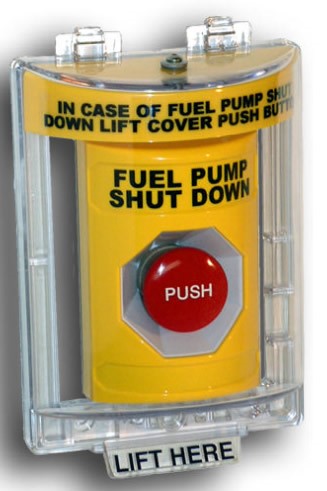In the United States, consumer services carry out fuel dispenser inspections at gas stations to ensure they meet regulatory requirements.
Are you prepared for your fuel dispensers to be inspected? Well, you definitely should be ready to ensure compliance and avoid costly fines and penalties.
Here are some important rudiments of fuel dispenser inspection that you should know:
Hose and Nozzle
According to NFPA 1962, it’s a regulatory requirement to maintain the hanging hardware of fuel dispensers in a specific structure to ensure safety at fuel stations.
The standard has specific requirements that need to be met by your facility to ensure a reasonable level of reliability when using these items.
Therefore, inspectors check the hose, nozzle, swivel, breakaway and related parts like gaskets and seals to ascertain no cracks or signs of damage can cause leaks.

Fuel dispenser’s safety and protection systems
Every gas station should be equipped with fuel dispenser’s safety and protection systems to ensure the safety and protection of customers as well as employees.
Fire is the most significant hazard at any fuel station; hence inspectors check whether your facility has a functional fire-protection system in place.
From fire-resistance boards to working fire extinguishers, they will check all fire protection measures to make sure your gas station is equipped to deal with any sort of fire situation.
Regulatory emergency stop system
All fuel stations are equipped with “Emergency Stop” devices in accordance with NEC® 514.11 & NFPA® 30A section 6.7.
It cuts down the supply of fuel instantly in the event of an emergency, which helps prevent fire breakouts and protects against shocks.
Inspectors will evaluate the condition of an emergency stop and also check if it’s easily accessible and functional. Moreover, they will look for inspection and maintenance records.
READ: Common Signs That You Need To Upgrade The Fuel Management System Of Your Pump
Warning Signages
Fuel dispensers store highly flammable liquid, which comes with several risks and hazards; hence fuel safety signs and labels should be in place.
All warning signs should be strategically posted so they are visible properly and can be read clearly by any reasonable person.
For instance, a no smoking sign should contain the text “No Smoking” or symbol of a cigarette with a cross on it.
The inspector will look for ambiguity or damage to signs placed in your facility. So, make sure all the signs are in the correct order and visible.
READ: Is Using Cellphones at Gas Stations Dangerous?
If you’re interested in purchasing gas station equipment and supplies to ensure it passes the inspection, contact us today! At John W. Kennedy Company, we offer a wide range of petroleum equipment and supplies, including fuel management systems and its replacement parts, at competitive prices. Visit our online store to browse our products.




